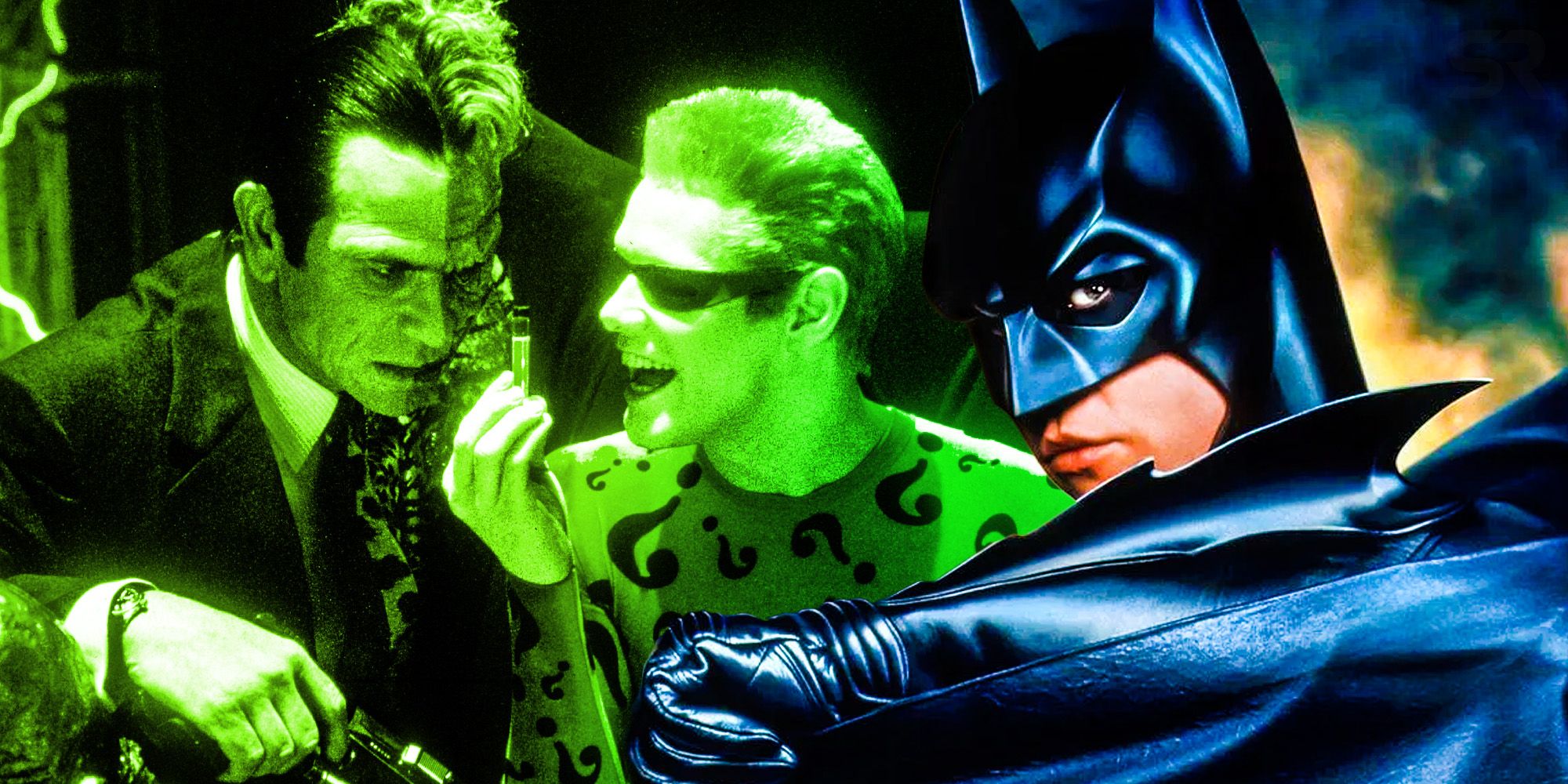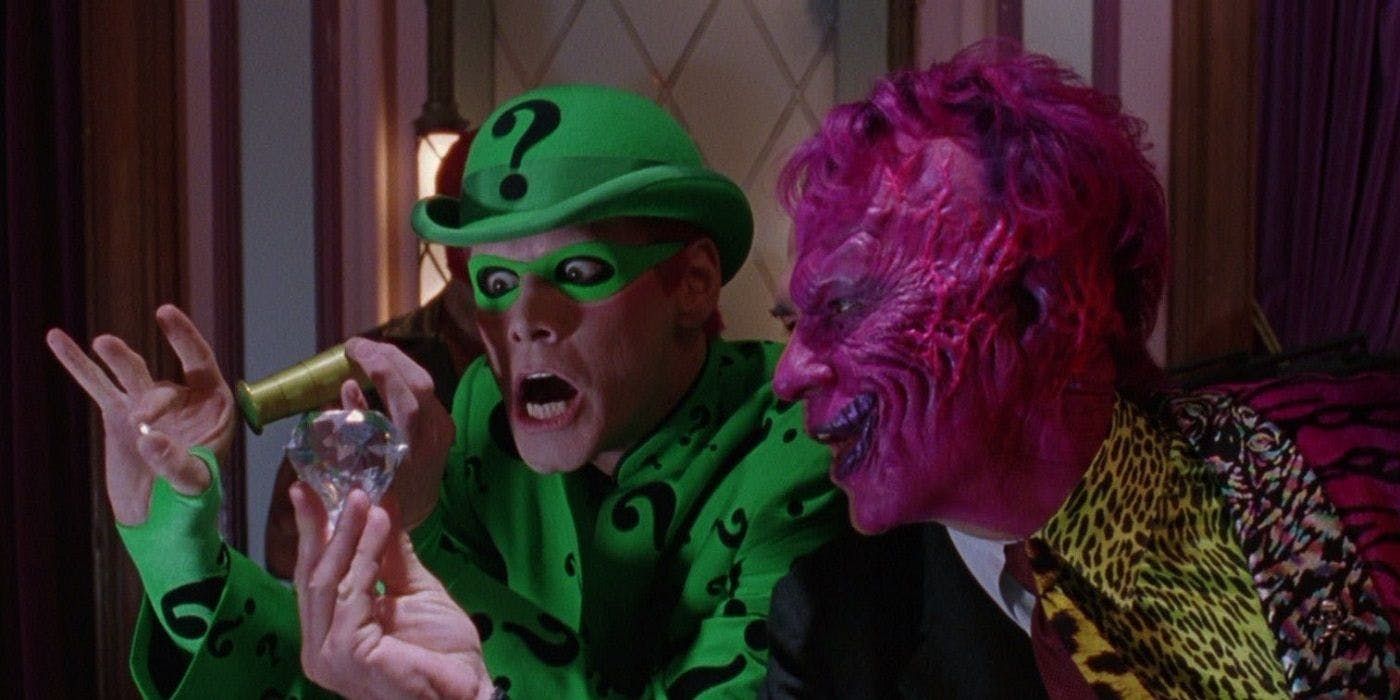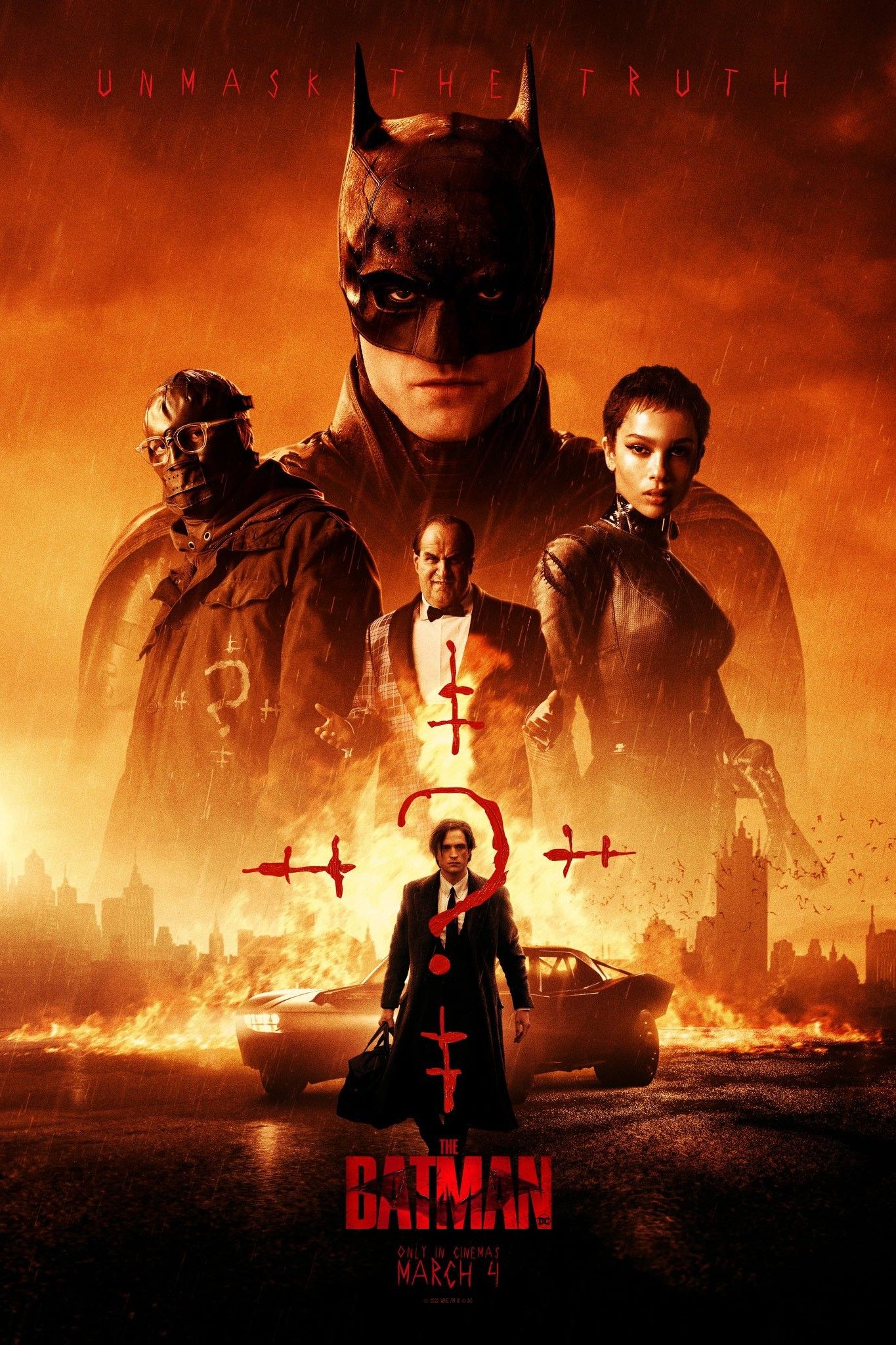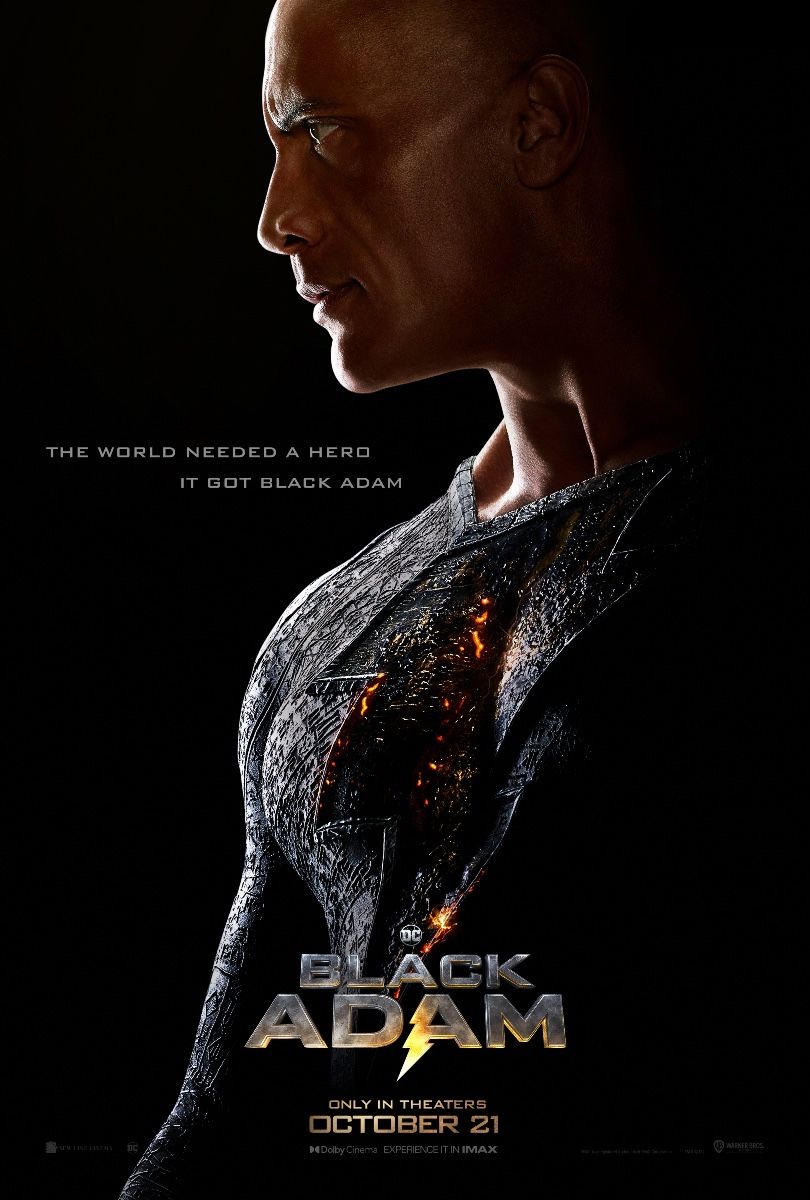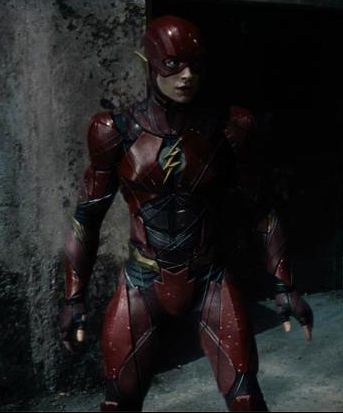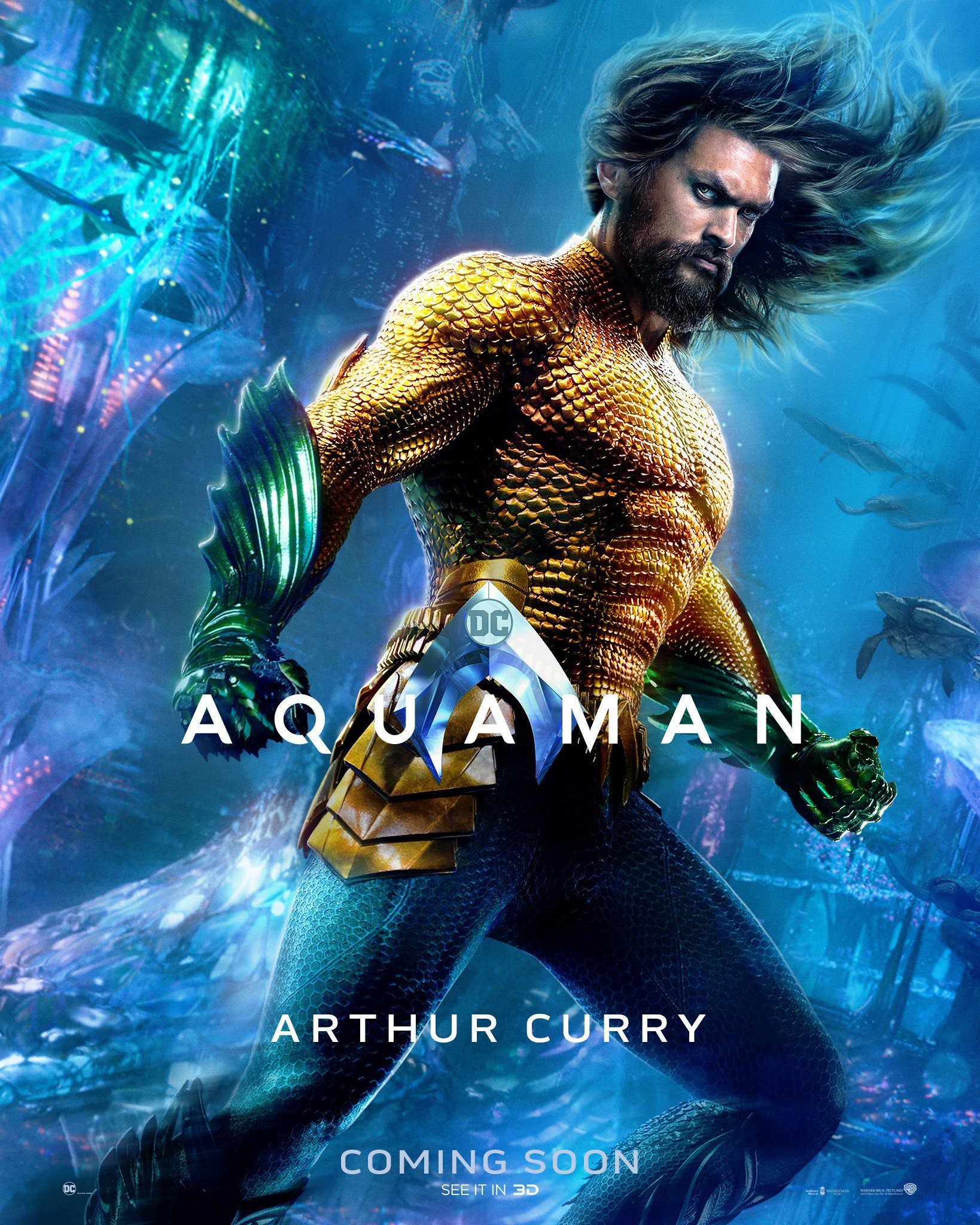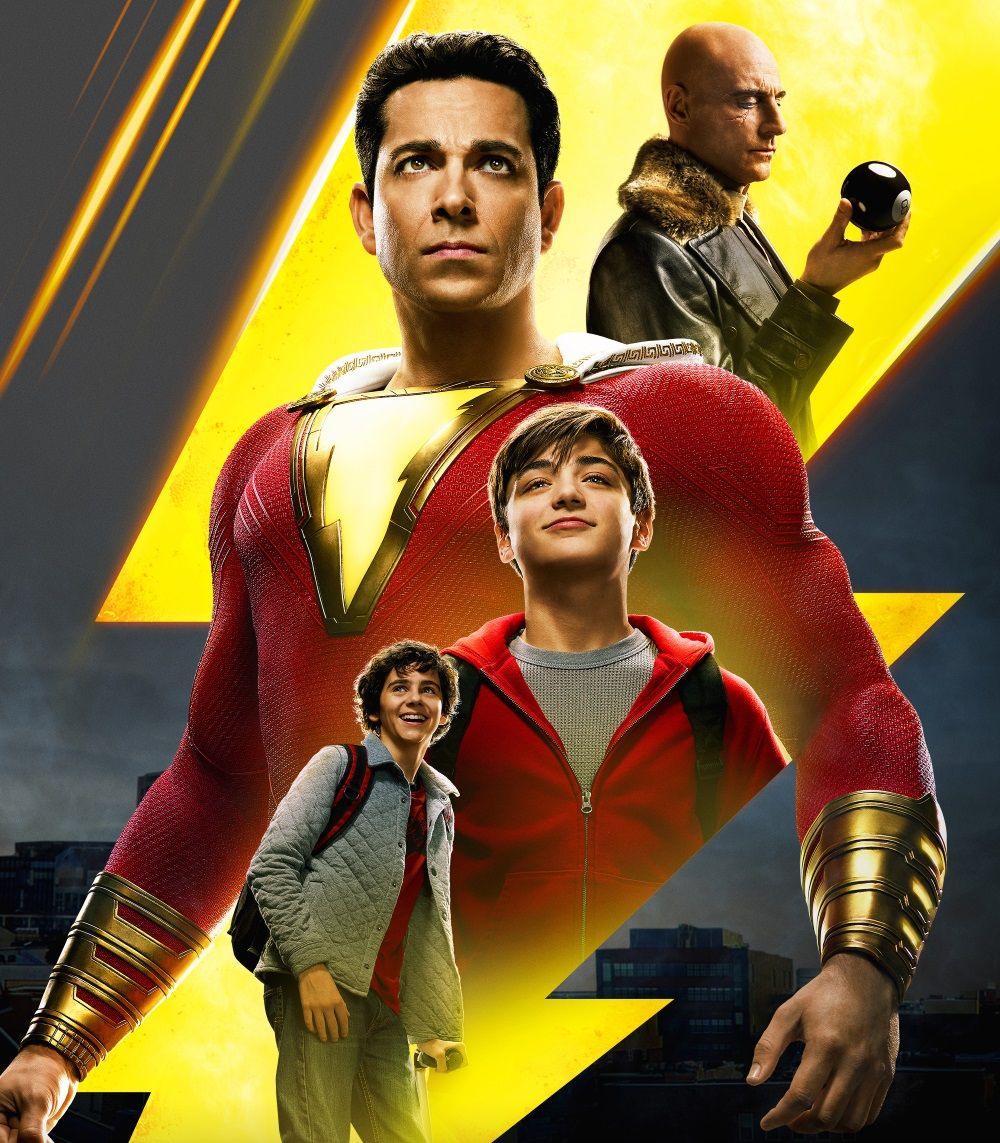There are many problems with Batman Forever, but the movie’s biggest failing is its use of both The Riddler and Two-Face, without adequately exploring either. Director Joel Schumacher’s third movie in the Batman anthology is such a radical departure from Tim Burton’s Batman films that it’s hard to believe they share the same universe. Off the heels of three memorable villains in the Joker, Catwoman, and the Penguin, the third movie stumbles with two antagonists that don't belong together.
Foregoing the dark tragedy of Batman Returns, Schumacher opts for brightly colored pantomime villains. Two-Face (Tommy Lee Jones) bears little resemblance to his comic counterpart, while Riddler (Jim Carrey) loses any semblance of subtlety as the pair constantly attempt to outdo the other in over-the-top theatrics. Both vie for Batman’s (Val Kilmer) attention but neither appear to understand why nor do they share the same incentive.
Batman Forever fails to juggle multiple villains in the way Burton succeeded because they lack a clear purpose. In glossing over their backstories to rush into an unrealistic alliance, neither receive a compelling motivation for their vengeance towards the Dark Knight. Rather, their conflicting attitudes towards Batman suggest they would more likely turn on each other.
Two-Face’s desire to kill Batman is entirely unfounded. Batman: The Animated Series and The Dark Knight both gave Harvey Dent a memorably poignant fall from grace that was intrinsically connected to Bruce Wayne, with the crimefighter feeling guilt over his inability to save the one-time District Attorney. By relegating Two-Face’s origin to a brief news clip, Batman Forever robs the villain of all emotional attachment to the hero. Combined with the bizarre recasting of Billy Dee Williams with Jones, Two-Face is reduced to a caricature with no logical plan. There is only one mention of any connection to Bruce, in the movie’s climax – “you’ve always been a good friend”. The sentiment is meaningless; Harvey’s sole glimpse of clarity is undermined by the movie never establishing the basis of any friendship. The film’s theme of guilt doesn’t connect Batman to Two-Face, whose vengeance is neglected in favor of a disparate story involving Riddler.
Early in Batman Forever, it appears Edward Nygma is obsessed with Bruce, featuring strong hints of homoeroticism during their first meeting. He is instantly star-struck and photos of Bruce line his cubicle wall, including the cover headshot for “Ms. Gotham”. His dejection over Bruce refusing to fund his brainwave project is clearly more than just professional disappointment. For a while, Edward seemingly wants to become Bruce, complete with the same hairstyle and a fake mole to replicate Kilmer. However, any interest in exploring obsession is discarded to showcase the nerd-turned-supervillain's wacky antics.
His motivation to prove Bruce wrong about his work is interesting, but Riddler's disdain for Batman is unclear, ignoring any opportunity for Edward to draw similarities between himself and his idol's alter ego. Two-Face and Riddler supposedly share a connection to Bruce but this is completely ignored and neither seems surprised upon discovering Batman's identity, making their alliance implausible. The former wants Batman dead, the latter alive. This would surely cause conflict. Why wouldn't Two-Face simply kill Bruce when he was knocked unconscious during the raid on Wayne Manor? Once aware of Batman's identity, he has no further reason to associate with Riddler.
The more exciting result would be for Two-Face, who already has his own gang, to betray Riddler and create a rivalry. This version of Two-Face doesn't care about Bruce, but Riddler was infatuated with him. Their characterization is switched around to no larger purpose, depriving both villains of any depth. Perhaps the fabled director's cut can remedy Batman Forever's villain problem, but their stories simply never aligned. Two-Face became an aimless stooge for Riddler, whose obsession storyline never tied into Batman's feelings of guilt.

